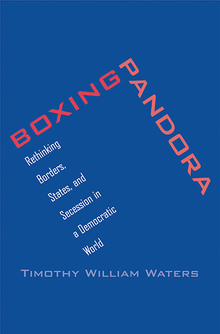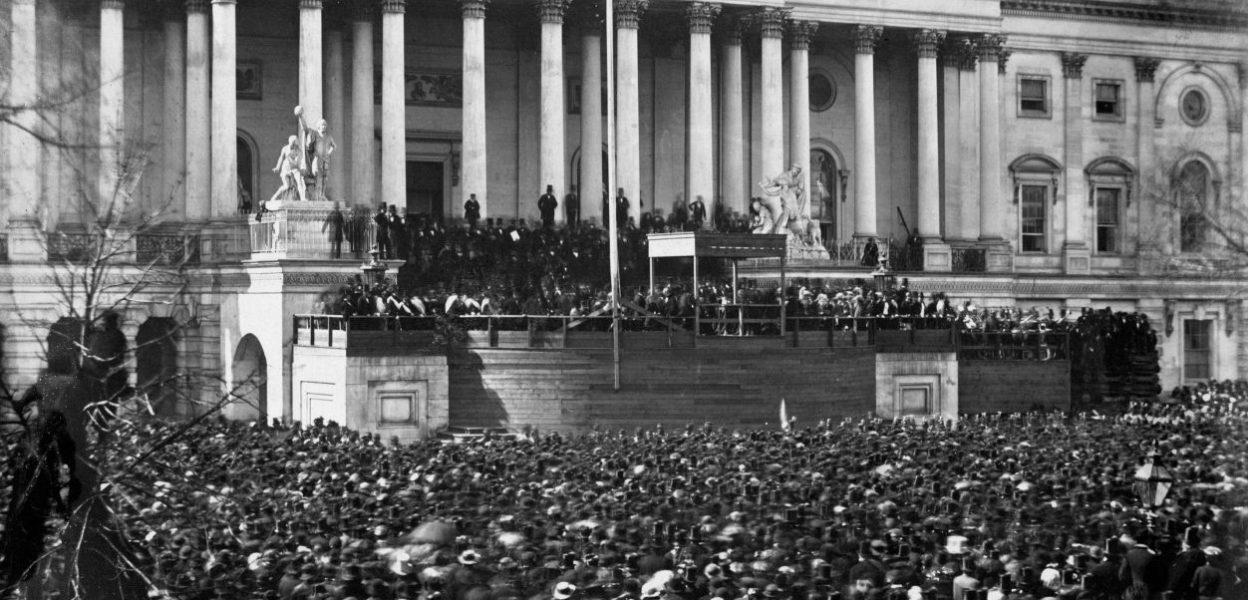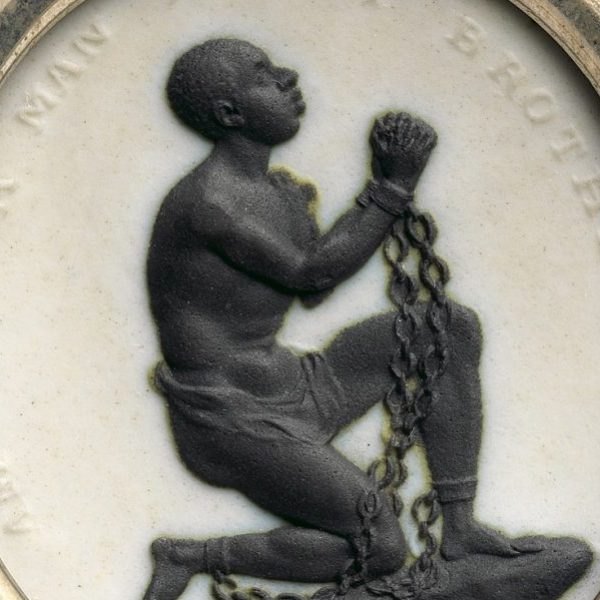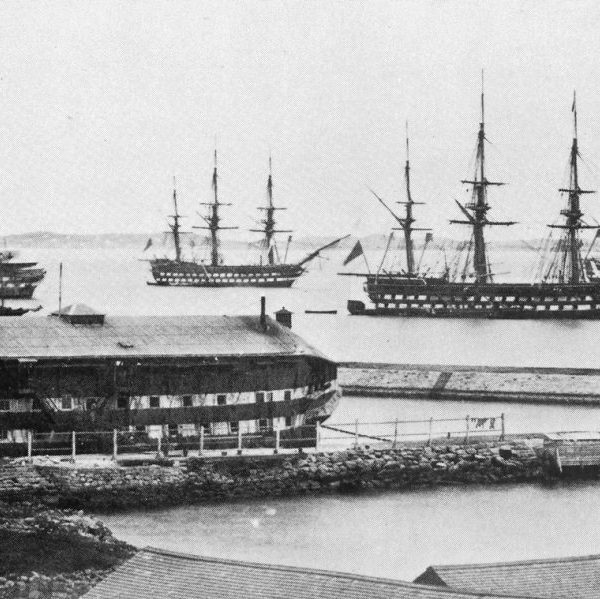Lessons from the Civil War for America’s Fractured Present: Part One
Timothy William Waters—
What We (Mis-)Remember about Our Reasons for Fighting
America is now so polarized that serious people wonder if the country will hold together. The Atlantic devoted its December issue to “How to Stop a Civil War”—and the Atlantic, founded in 1857, covered the actual Civil War. As someone who studies secession, I’m less worried—the Texit and Calexit movements are marginal, and it’s unlikely the United States faces a real secession crisis. But many qualities of our present disunity have a curiously territorial bent—red state-blue state, rural-urban, coastal-heartland—and once conflicts begin, the party-political rapidly becomes tribal and territorial. We’re well on our way to the tribal part, so if we’re going to talk about fracture, we should consider what lessons we’ve learned—mis-learned—about staying, leaving, and belonging from the secession crisis we already had.
The Civil War ended 155 years ago, but as Faulkner reminded us, it’s still present. Democratic presidential candidates are proposing reparations, universities are already paying them, and from incarceration to mortgages, the perceived continuity of slavery and Jim Crow with contemporary experiences of racism and inequality is now a constant, contested theme in our national conversation. But that ever-present past is dangerously misremembered: we conflate slavery and disunion in ways that confuse our contemporary discourse.
Americans now typically recall the Civil War as a struggle to end slavery; Ta-Nehisi Coates has countered the Lost Cause revisionist saw that the war was about states’ rights with his own reductive reading, that slavery was the only thing the war was about. But although the South seceded to preserve its slave economy, the North went to war for a very different reason.
America’s unity was contested since the founding—unsurprisingly, since our Revolution was really a secession from the United Kingdom. The Declaration of Independence advances two theories for independence: consent of the governed, but also what we now call remedial secession—creating a new country to protect oneself against abuses. “Governments long established should not be changed for light and transient causes; . . . mankind are more disposed to suffer, while evils are sufferable than to right themselves by abolishing the forms to which they are accustomed.” A free people may abolish a government “destructive” of life, liberty, and the pursuit of happiness, but America’s founders asserted their natural right to rebel only after “a long train of abuses and usurpations . . . evince[d] a design to reduce them under absolute Despotism.”
So the possibility of justified withdrawal was widely recognized in the antebellum United States. Thomas Jefferson helped write the so-called Principles of ’98, reserving the right of states to withdraw if confronted with unconstitutional actions by the federal government. James Madison vigorously opposed secession, describing it during the Nullification Crisis as “a violation without cause, of a faith solemnly pledged.” But even Madison conceded that exit with cause was possible: “the right of seceding from intolerable oppression . . . is another name only for revolution, about which there is no theoretic controversy.” Four score and five years after the Revolution, seceding Southern states claimed just that, modeling their independence on the original Declaration.
Of course, the oppression Southern states claimed was a notional threat to their right to hold slaves. That “oppression” looks morally different to us now, as it did to many even then. But this wasn’t the actual threat the South faced: there’s no doubting which issue drove the North to fight, and it wasn’t slavery.
In his first inaugural address, on the eve of war, Abraham Lincoln invoked the perpetual indivisibility of the nation—not the immorality of slavery, which he pledged to preserve. His view, and the North’s, changed, but it took time. As late as August 1862, Lincoln declared that he aimed to preserve “the Union as it was. . . . My paramount object in this struggle is to save the Union, and is not either to save or to destroy slavery. . . . What I do about slavery, and the colored race, I do because I believe it helps to save the Union.” (There is long-standing debate about how strategic or sincere Lincoln was. I don’t know, but the question reminds me of the old joke about who wrote Shakespeare’s plays: either Lincoln believed what he wrote, or he thought his audiences would.)
Slavery and secession were finally laid in their metaphorical graves, along with 750,000 men in their literal ones. The Thirteenth Amendment abolished slavery, and the Supreme Court affirmed the illegality of secession in Texas v. White—although really both questions had been decided in re Appomattox Court House. By the end of the war, law and power aligned in favor of both unity and abolition. But it hadn’t started out that way.
Yet now we tell ourselves that a war that decided two questions was about just one—slavery. The other—whether withdrawing is right or treasonous—has been recast as a supporting role in abolition’s narrative.
That matters as a question of historical accuracy—people shouldn’t go around making indefensibly reductive claims about what happened in the past—but getting it right is also important for today’s debates. By conflating the two great controversies of that time—abolition or slavery, union or separation—we learn a confused and confusing moral for our own. More in Part Two.
You can find Part Two of this two-part series here.
Timothy William Waters is professor of law and associate director of the Center for Constitutional Democracy at Indiana University. Author of numerous scholarly articles and op-eds on international law and politics, he also edited The Miloševic Trial: An Autopsy.
Further Reading:



























